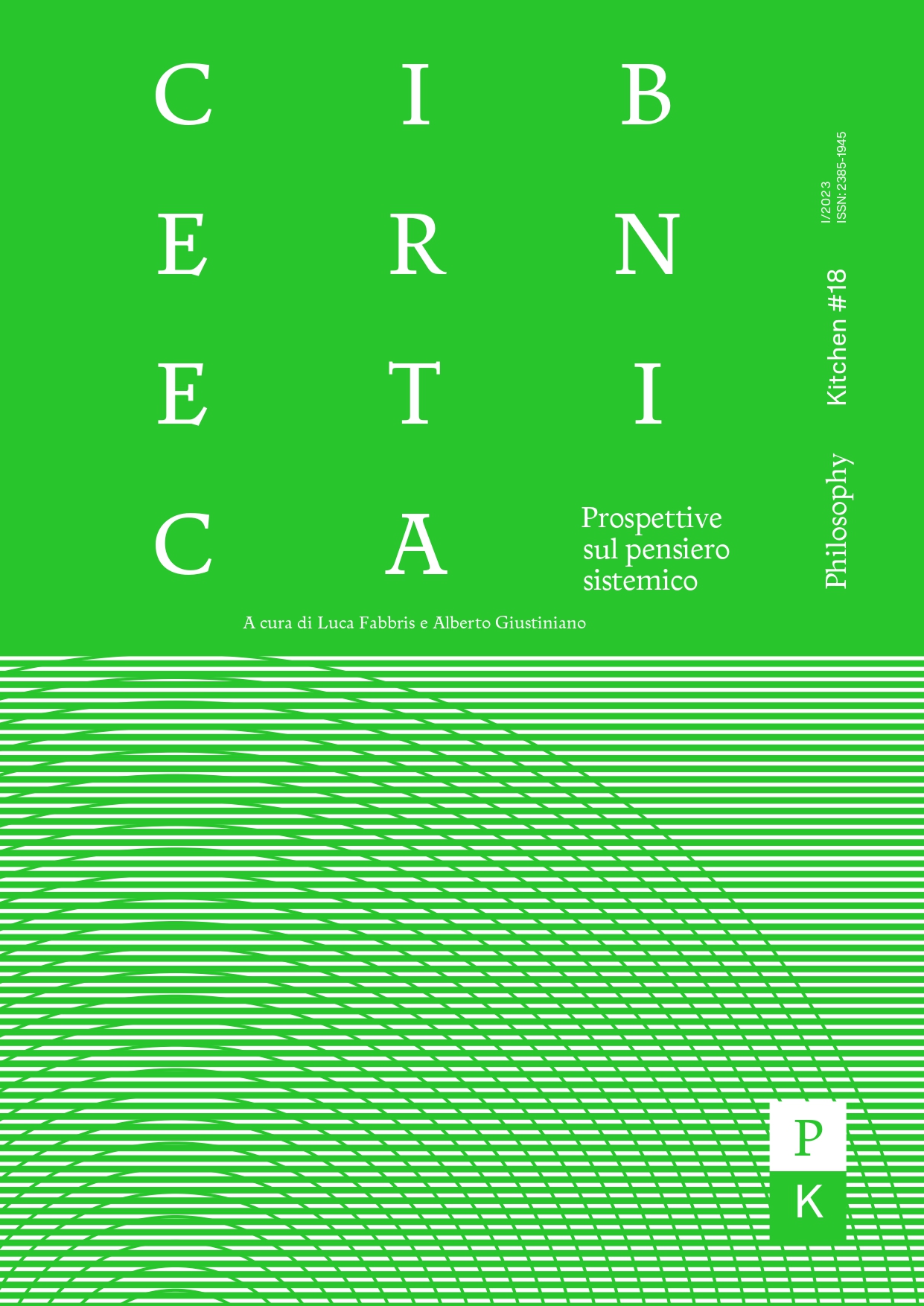L’officina cosmica. Biosfera, organizzazione, ecologia nel pensiero pre-cibernetico russo
DOI:
https://doi.org/10.13135/2385-1945/7832Abstract
The biosphere is a great machinery of mutual transmutations, resulting in growing extension and heterogeneity. Organic and inorganic matter is caught in progressive cycles of transformation of cosmic radiation into active energy. Such was the great discovery of the Russian geochemist V. I. Vernadsky, who in 1926 developed the first coherent model of Earth’s organization as a single integrated system, ultimately framing human experience itself as a planetary phenomenon: the Noosphere. This was also the clearest expression of a peculiar intellectual tradition: in the same years, Bogdanov’s general theory of organization (Tektology) coupled atmosphere and biosphere in co-evolutionary dynamics between living wholes, each one achieving self-regulation by means of positive and negative selection. Finally, Florensky’s engineering work, concerned with geometry of electrical fields and discontinuous changes, lead him to describe any activity as a spontaneous process of spatial organization, in order to establish intersections among different fields of knowledge. This paper aims to discuss the main concepts of Soviet organizational theories (1920-1930), their common goal of overcoming boundaries between disciplines, as well as their theoretical coherence and relevance. It shall argue that a cosmist ecology, differently from a flat holism, outlines an ontology of recursive communication, amplification and mutual penetration.





